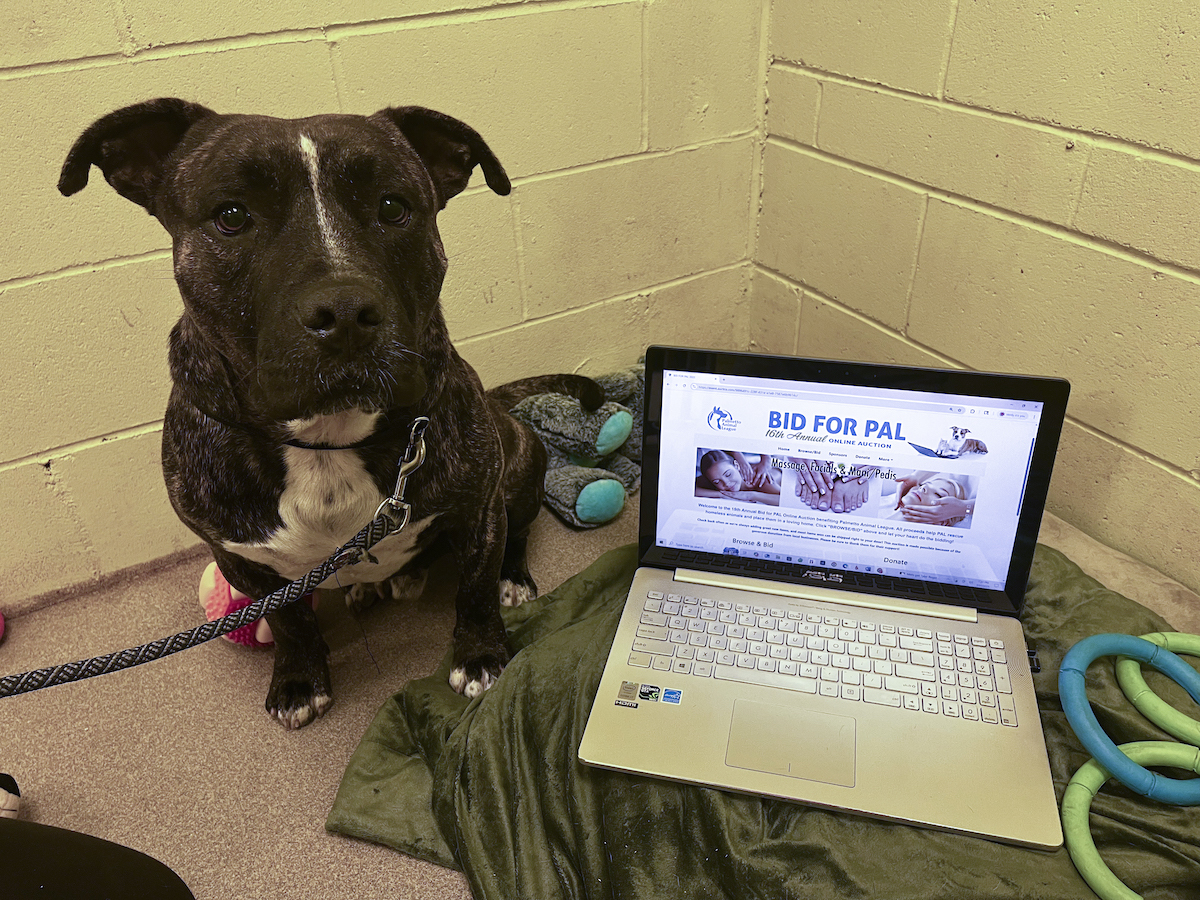By Prof. Percy Pussycat
You know, we all think cats are naturally cute and they are. Except when they aren’t. Some cats can be very territorial or become angry if they are petted the wrong way or for too long. Aggression in cats is not a one-size-fits-all kind of problem. But there are some general rules of thumb about what to do if you think your cat is aggressive:
• Try and determine early if your cat has an aggressive nature. It is much easier to fix before it becomes a habit.
• Physical punishment is neither an answer nor a deterrent. Even a light tap on the nose, increases your cat’s fear and anxiety. Some cats may even see it as a challenge, and become more aggressive.
• Drugs from the vet can only do so much. They must be used in conjunction with behavior modification and environmental changes as well.
• Some behaviorists believe that if you can recognize the signs of aggression, then startle your cat without making physical contact can be an effective way to curb most aggression problems. I don’t happen to ascribe to this theory but it is out there.
• Whenever possible, avoid situations that increase your cat’s aggression.
• Separate cats that have aggression issues and re-introduce them slowly.
• Food treats can be used to effectively reward non-aggressive behavior.
Because aggression may be caused by a medical problem, first take your cat to your veterinarian, who will perform a physical examination and appropriate diagnostic tests. Painful conditions, like arthritis and dental disease, as well as central nervous system conditions and hyperthyroidism, have all been implicated in aggression. Alleviation of underlying medical conditions often resolves the aggressive behavior. Once medical causes have been ruled out, it is important to determine what kind of aggression your cat is displaying in order to formulate a management strategy, and ultimately, a solution.
Biting and scratching during play are typical of play aggression, a behavior most commonly observed in young cats and kittens. Kittens raised with littermates learn early that if they bite and scratch, the will hurt their sibling and that will result in either retaliation or their playmate quits. Consequently, play aggression is usually seen in kittens that were not raised with littermates or playmates, are under-stimulated, or lack appropriate play outlets.
Play aggression can usually be recognized in a kitten’s body posture. The tail lashes back and forth, the ears flatten against the head, and the pupils dilate. This sort of posture usually develops from normal play and is followed by biting and scratching. Kittens that stalk moving objects, like your hands and feet, are also displaying play aggression. Play aggressive cats often stalk or hide, then jump out and attack as you pass.
Try keeping a record of when this occurs to see if there is a pattern. You may learn, for example, that your kitten tends to hide under your bed and jump out as you’re getting ready to go to sleep. By anticipating this, and encouraging play prior to the attack, you may be able to curb this behavior. A bell on a breakaway collar around your cat’s neck clues you in to his whereabouts. You may need to deny him access to his favorite stalking places in order to stop this behavior. Simply walking away and ignoring your kitten is much more effective than most other approaches; it teaches him that the consequence of rough play is no play.
And keep your hands away from possible attack. Make sure all of your cats toys can be used from a distance. For example, toss things like ping-pong or aluminum foil balls for your cat to chase, don’t roll them on the floor.
If your cat shows aggression when someone comes into your home, these are signs of fear aggression which is a defensive behavior toward unfamiliar stimuli, like people, animals, and noises. This type of aggression usually stems from some unpleasant memory such as a trip to the vet. A cat displaying this sort of aggression hisses, bares their teeth, and crouches low with their tail and legs tucked under their body, ears are flat against their head, pupils are dilated, and their fur stands on end.
This type of aggression can sometimes be curbed by slow desensitization to the scary stimulus. For example, if your cat has a fear of men, you might ask a man to simply stand at a distance far enough away that your cat isn’t aggressive. Then give your cat a high-value treat when they show a calm demeanor. Next time, the man moves closer, and gradually, the cat learns to associate the man’s presence with a tasty treat.
You need to remember to never console your cat after a display of fear aggression. Kind words and petting communicate your approval of their inappropriate behavior. And you should ask guests to show no fear in front of the cat as well. If they retreat, the cat wins and the behavior is reinforced.
Predatory aggression is common in cats; they were born with the “hunting” gene. This might include stalking, chasing, and attacking of rodents and birds. Most of us think this is “cute” until said rodent is brought to us as a gift. You need to just make sure this behavior is restricted to the outside and doesn’t make its way inside. If you have small furry animals in your house like gerbils, you might want to keep the cat and gerbil separated just in case. Or, use the bell on their collar that was mentioned above to let prey know a cat is about.
Now, here is the hard one. You have one cat at home and you fell in love with a rescue cat at a local shelter and decided to expand your family by one additional feline. You need to introduce the two cats very specifically and very slowly. Do not just toss them both into the living room and hope for the best. I recommend putting the cats on opposite ends of the room and feed them at the same time. Or you can put up a baby gate between two rooms and feed one on one side and the other on the other side. Depending on how severe the aggression is between the two, you may want to start with the gate covered so they can smell one another but can’t see one another. This will allow both cats to associate food with the other’s presence. And food is a good thing. Slowly remove the cover from over the gate and then finally the gate altogether and if they can eat quietly together, you should be home free.
But know this whole process can proceed only as quickly as your cats allow, and can take weeks or even months. Signs of anxiety or aggression usually indicate that the introductions are proceeding too quickly. If the territorial aggression still cannot be controlled, your veterinarian may prescribe medication for both the aggressor and the victim. Keep in mind that medication is only part of the solution; it must be used in conjunction with slow introductions and consistent rewards for peaceful behavior.
So consistency is key to success and so it patience. Stick with your plan and give it time to work. You will be frustrated, deflated, and annoyed but if you don’t give up, you will get a lovely non-aggressive cat in the end. Good luck!







